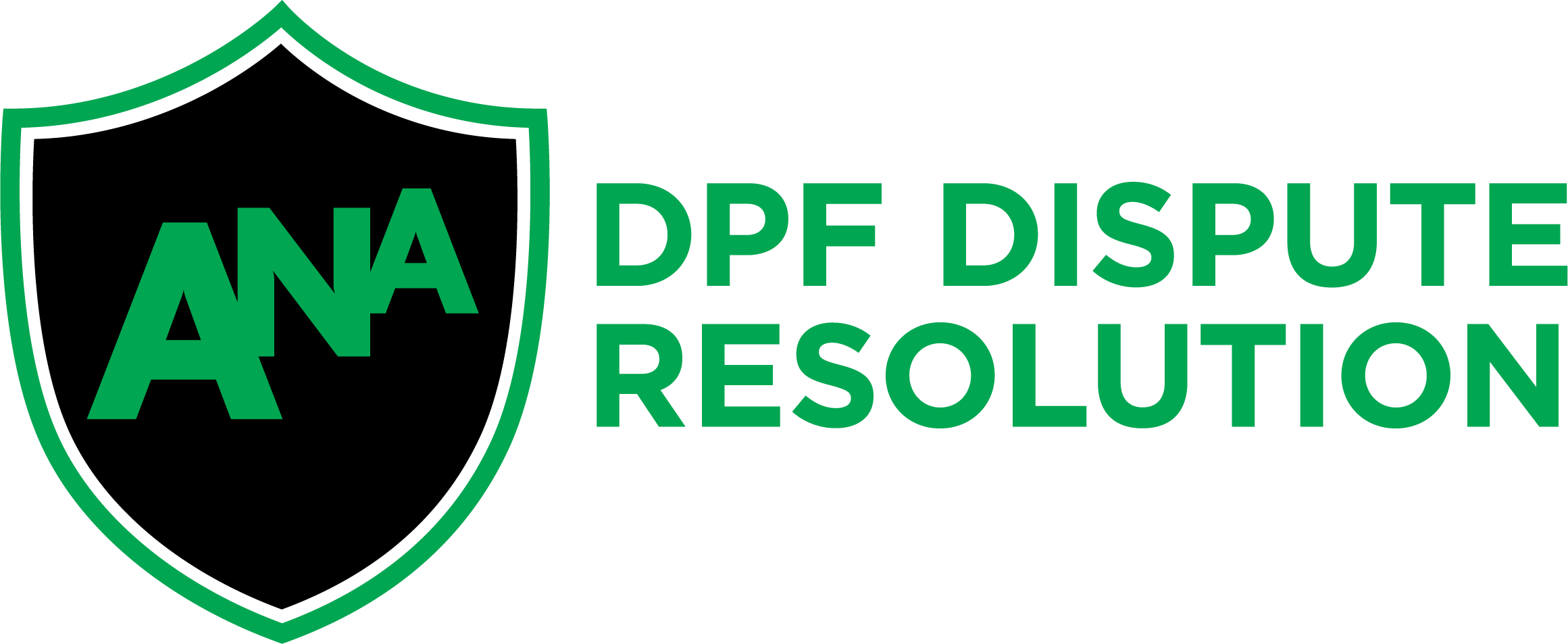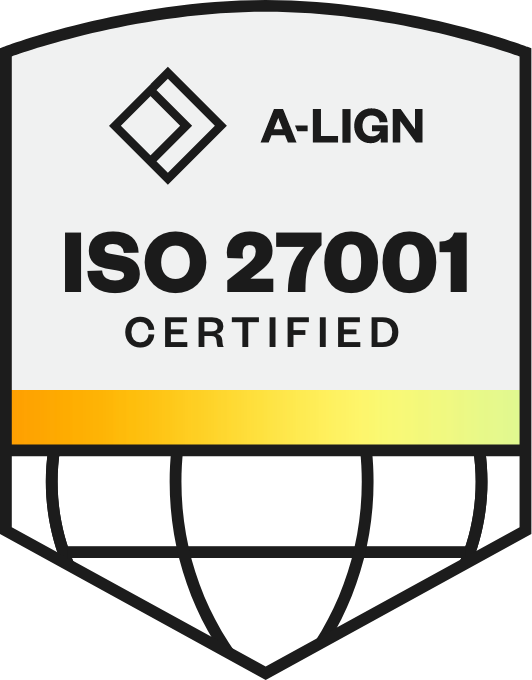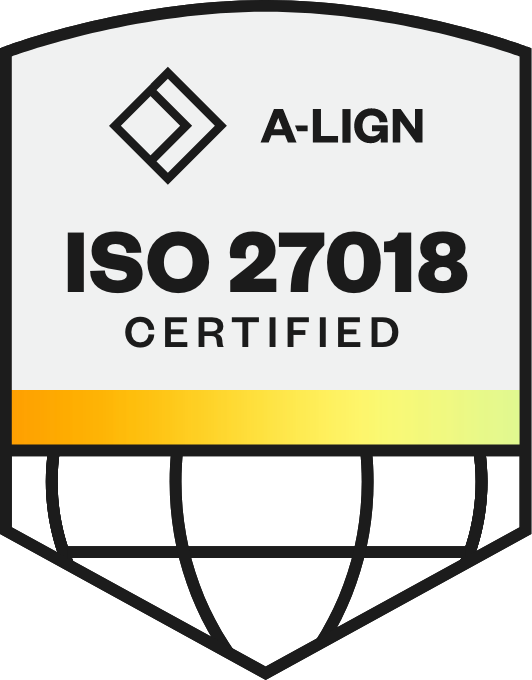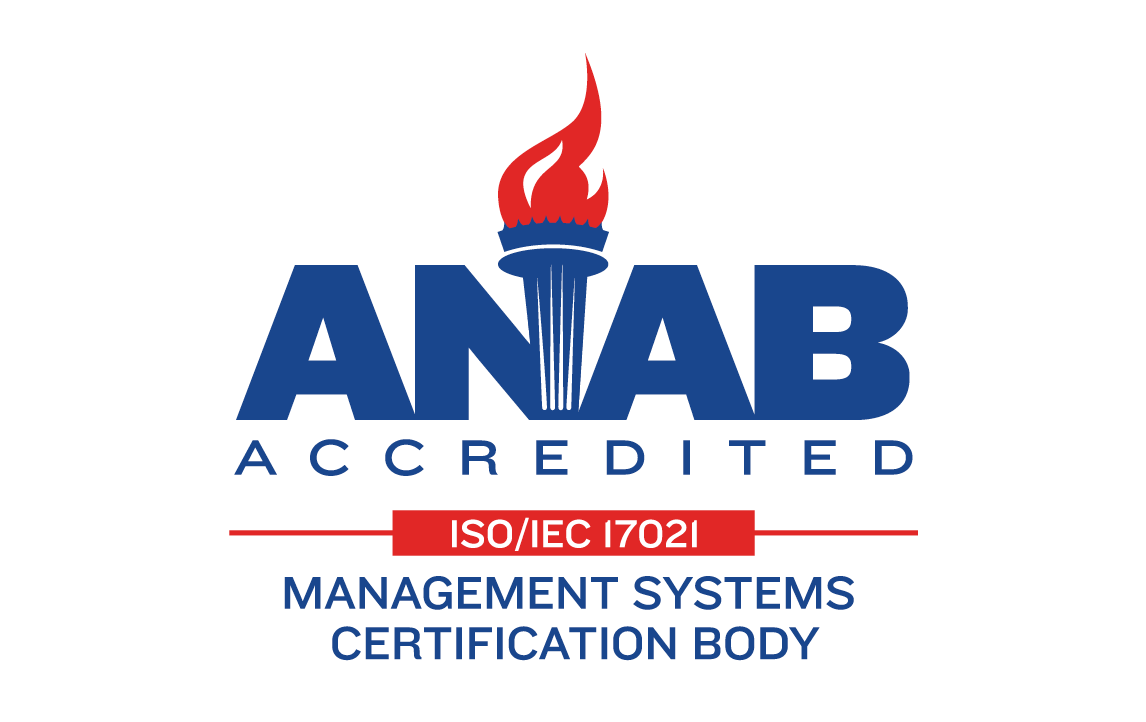
If People Are Headed for the Doors, Maybe It’s Time for a Talent Management Strategy
It is the talent dilemma facing most team leaders: there are one or two dynamite people on the team that you're scared to death of losing. On the flip side, there are eight or nine others who are a few skills short of being great.
So what to do?
That, in a nutshell, explains the newfound focus on internal employee development. It goes by a number of phrases. Some call it career pathing or upskilling. Others refer to it as internal mobility. It all means the same thing in the end — investing time and energy into making good employees great ones.
It’s not an easy feat. Organizations have been so focused on filling skills shortages by simply bringing in new people off the street that it is going to take a mindset shift to think and act differently.
That’s because executives can be desensitized to how many applications HR receives from people outside the company when they should really be interested in people that are already on the payroll, advised Eric Winegardner, VP of Delivery at talentEXP, a consulting firm that serves as a system integrator for Phenom.
Winegardner knows firsthand what he’s talking about. He used to be solely focused on talent acquisition. “As I got older and wiser, I flipped to talent management,” he joked. TA operations is where his firm spends most of its time, but it is also highly employee experience driven. talentEXP has done over a hundred Phenom implementations total, with more than half in the last two years. “Phenom is very much what we do every day, all day,” he said. Which means, the company sees a lot — and has deep expertise in helping organizations shift from simply filling roles to strategically developing the talent they already have.
Watch the entire session, or keep reading for the highlights.
Why are skills in the spotlight?
Visibility into skills was the impetus for their IAMPHENOM session, “Change Champions:
talentEXP's Guide to Tech Transformation,” featuring Winegarder and Barbara Koehler, an Employee Experience product manager at Phenom who was previously an HR director at another company.
Gallup found that employees are not encouraged to learn new skills and that recognition for learning new skills is the exception rather than the rule. The study’s big takeaway is that most employees don’t feel they are skilled enough to do their jobs well and are not getting the encouragement they need to be ready for the future.
“We’ve really got to start thinking about this,” said Winegardner. “That's a big goal here.”
Change goes deep at Merck KGaA
Koehler pointed to Merck KGaA, Darmstadt, Germany, as an example of a company that gets skills. “I don't think I have seen another organization where the change goes as deep as for them,” she said. They received recognition for an employee talent marketplace that empowers their workers with thousands of courses, internal mobility opportunities, and plenty of mentorships — all intelligently matched to each employee's unique skills, interests, and career aspirations.
For more on this transformation, read What’s Your Why? For Merck KGaA, Darmstadt, Germany, It’s a Growth Mindset
Koehler recalled when she was an HR director and the challenges she faced implementing a new tech platform. After months of delivery and implementation struggles, her chief technology officer pulled the plug on the project because he didn’t believe in going digital.
That’s why she advises HR leaders to take the Merck route and get all stakeholders aligned beforehand. “Everyone has to become part of this transformational piece in the organization and be very vocal about all of the different stakeholders that need to be aligned and understand why this is needed,” she said.
Sometimes it’s out of fear because employees are leaving and hiring is expensive, she added. Organizations should be focused on holding on to people, especially those who absorbed knowledge, expertise, and culture. Make them feel empowered and welcomed to move from one position to the next instead of feeling like they’re just showing up for a job, Koehler advised.
“This is where Phenom can come in as a technology and be part of this change,” she added, but the change should start months in advance before contacting Phenom and saying “‘Hey, we're keen on doing this.’”
TA is not like TM
Even if organizations are already using Phenom for talent acquisition, shifting to talent management is a whole different ballpark. There’s a big difference in dealing with employees, managers, and talent hoarders. That’s where a third-party company like talentEXP can step in and help ease the transition.
“Designing for the future is never a bad idea,” said Winegardner. “We'll roll out at your pace.”
Want to learn more? Get our e-book: How Workforce Intelligence is Redefining the Employee Experience
Get the latest talent experience insights delivered to your inbox.
Sign up to the Phenom email list for weekly updates!










